image via
A country of immigrants, language trends in the U.S. are constantly shifting: Currently 60.6 million people in the U.S. speak a language other than English at home and 65 percent of companies face language barriers that contribute to inefficiency, ineffective collaboration, and low productivity.
Today’s U.S. immigrants come from countries like Mexico, India, China, the Philippines, Vietnam, El Salvador, Cuba, Korea, the Dominican Republic, and Guatemala (the top ten represented in order of most to least immigrants). Shifts are evident even in a comparison to 1980 census data–25.9 million more Spanish speakers exist and Vietnamese speakers increased by 599 percent. Russian, Persian, and Armenian speakers more than doubled.
Come 2020, projections suggest the 60.6 million people in the U.S. speaking a language other than English could jump to 68.1 million. Spanish is expected to continue to represent a majority of LEP’s language use, totaling more than 60 percent by 2020, so having bilingual staff on hand will continue to be of value. While the number of speakers of some languages may slowly decrease (French, Italian, German, Polish, and Korean), we can expect others to increase (Portuguese, Russian, Hindi, Chinese, Vietnamese, Tagalog, and Arabic).
Curious about migration trends by state? Via Migration Policy Institute, the top five states taking in immigrants are California (10.3 million), New York and Texas (4.4 million each), Florida (3.8 million), and New Jersey (1.9 million). Look at the number of immigrants in reference to the state’s overall population and Nevada becomes a contender.
Language trends are also evidenced by the largest percentage of growth in immigrants by state – Between 2000 and 2014, the five states with the largest percent growth of the immigrant population were Tennessee and Kentucky (102 percent each), Wyoming (101 percent), North Dakota (99 percent), and South Carolina (97 percent).
Source: http://www.migrationpolicy.org/programs/data-hub











